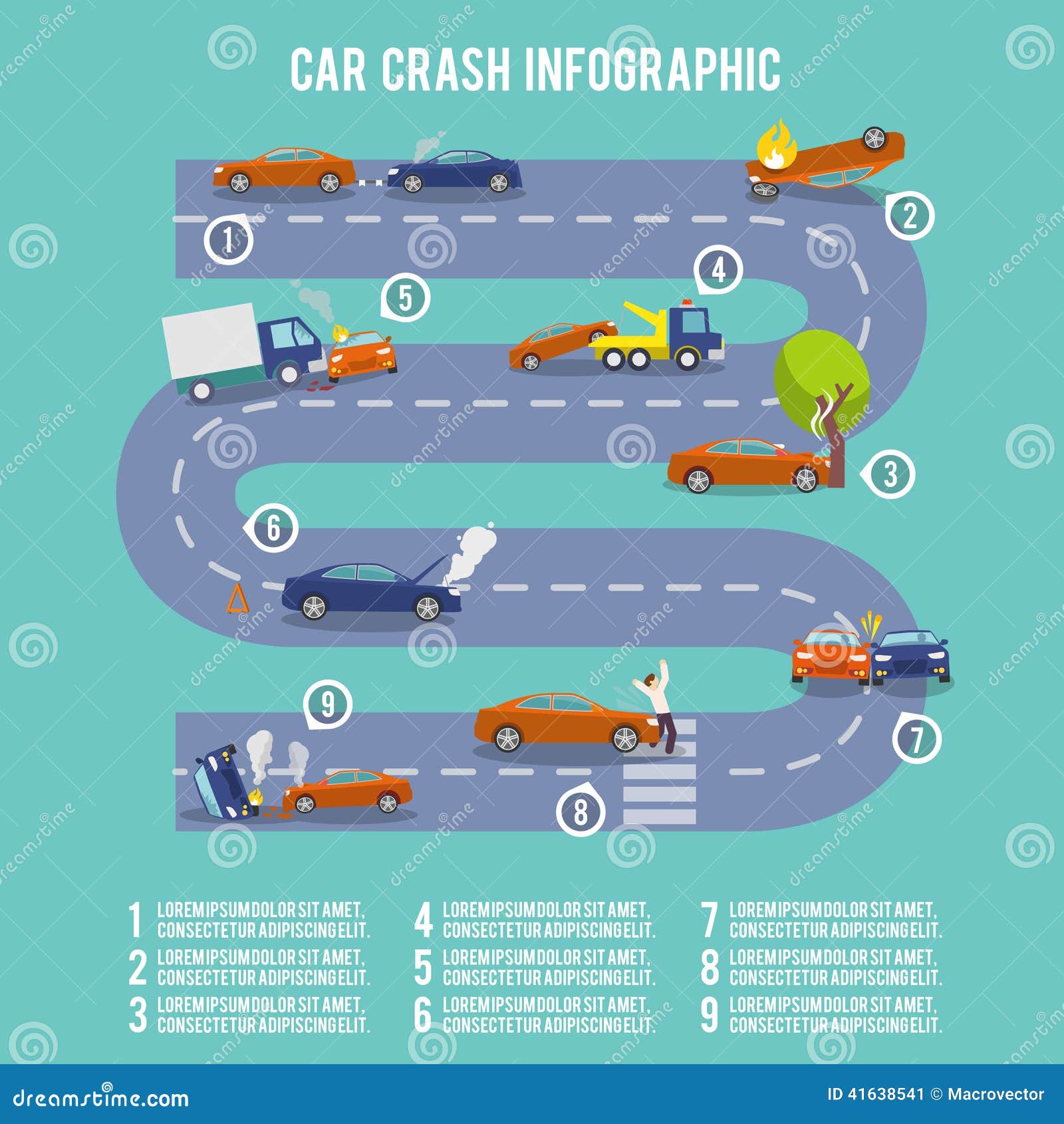Translating Your Lorry'S Warning Indicators: What They Really Represent
Translating Your Lorry'S Warning Indicators: What They Really Represent
Blog Article
Material Author-Lauritsen Corbett
When you're behind the wheel, those radiant warning lights on your control panel can be a little bit difficult. Do you recognize what they're trying to inform you regarding your vehicle's health? Recognizing the value of these lights is important for your safety and the long life of your car. So, the following time among those lights turns up, wouldn't you want to decode its message accurately and take the essential steps to address it?
Common Warning Lighting and Interpretations
Determine usual warning lights in your vehicle and comprehend their definitions to guarantee secure driving.
One of the most typical caution lights consist of the check engine light, which signals issues with the engine or exhausts system. If this light comes on, it's vital to have your vehicle checked immediately.
The oil stress warning light indicates low oil pressure, needing instant interest to avoid engine damages.
A flashing battery light might recommend a defective charging system, possibly leaving you stranded if not addressed.
The tire stress tracking system (TPMS) light informs you to low tire stress, impacting vehicle stability and fuel effectiveness. Neglecting this can bring about hazardous driving conditions.
The abdominal muscle light indicates a trouble with the anti-lock stopping system, compromising your ability to quit promptly in emergencies.
Lastly, the coolant temperature level warning light warns of engine overheating, which can lead to extreme damages if not dealt with quickly.
Recognizing these common warning lights will certainly aid you address concerns immediately and keep safe driving conditions.
Importance of Prompt Focus
Understanding the common warning lights in your car is only the primary step; the significance of promptly dealing with these warnings can't be stressed enough to ensure your safety on the road.
When a caution light illuminates on your dashboard, it's your auto's method of connecting a prospective concern that requires interest. Ignoring https://emilianomgavq.thelateblog.com/32652632/exactly-how-to-pick-the-right-vehicle-describing-service-for-your-requirements can result in extra extreme issues down the road, compromising your safety and possibly costing you much more in repairs.
Motivate interest to alerting lights can prevent failures and accidents. For example, a flashing check engine light could suggest a misfire that, if left ignored, could trigger damage to the catalytic converter. Addressing auto detailing shop without delay can conserve you from an expensive fixing.
In a similar way, a brake system warning light might indicate reduced brake liquid or worn brake pads, important parts for your safety and security when driving.
DIY Troubleshooting Tips
If you observe a warning light on your dashboard, there are a couple of do it yourself fixing pointers you can try prior to seeking professional assistance.
The primary step is to consult your auto's guidebook to comprehend what the certain caution light indicates. Often the issue can be as easy as a loose gas cap setting off the check engine light. Tightening up simply click the next internet site might resolve the issue.
An additional typical issue is a low battery, which can cause different warning lights. Inspecting the battery connections for deterioration and guaranteeing they're protected could deal with the trouble.
If a warning light persists, you can attempt resetting it by detaching the vehicle's battery for a few mins and afterwards reconnecting it. Furthermore, checking your vehicle's fluid degrees, such as oil, coolant, and brake liquid, can assist fix alerting lights connected to these systems.
Final thought
In conclusion, comprehending your vehicle's caution lights is essential for maintaining your automobile running efficiently and safely. By without delay resolving these signals and recognizing what they suggest, you can prevent expensive repair work and possible break downs.
Keep in mind to consult your vehicle's handbook for particular information on each cautioning light and do something about it as necessary to ensure a trouble-free driving experience.
Stay educated, stay risk-free when traveling!
